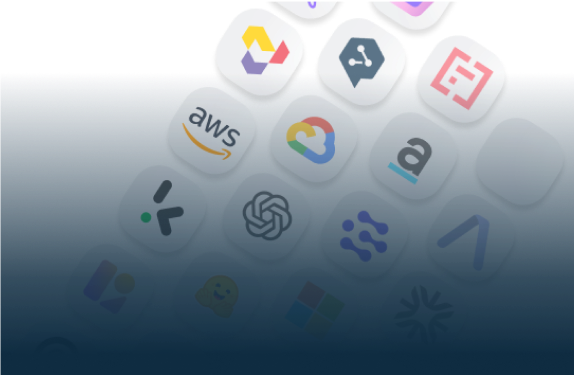
Start Your AI Journey Today
- Access 100+ AI APIs in a single platform.
- Compare and deploy AI models effortlessly.
- Pay-as-you-go with no upfront fees.
Learn how to detect shot changes in videos using Python and the Eden AI API. This guide walks you through launching and retrieving asynchronous video analysis jobs with real code examples.
.jpg)
Detecting shot changes is essential in video processing, where you need to identify when one scene changes to another.
For example, when a new camera angle is used or a scene transitions, this is considered a shot change. Detecting these changes helps with tasks like video summarization, scene segmentation, and more.
In this tutorial, we will explain how to implement shot change detection using Python and the Eden AI API. This API allows us to run shot change detection asynchronously with minimal code.

Video Shot Change Detection annotates a video with segments that are generated by detecting abrupt shot changes within the video.
This process helps break the video into distinct sections, making it easier to analyze and edit.
1. Sign up: Visit Eden AI and create an account for free to get started. Once registered, navigate to the API section to find your personal API key which gives you access to a wide range of AI services, including Shot Change Detection.

2. Navigate to Video Technologies – Log in and head to the Video Technologies section.
3. Select Shot Change Detection– From there, select the Shot Change Detection option, or dive into more advanced features based on your requirements.
Eden AI provides a platform where you can test different AI models before integrating them, allowing you to evaluate and select the provider that best aligns with your needs.
Before implementing the solution, ensure you have the Requests library installed in Python. If you haven’t already installed it, you can do so by running:
This module is required to send HTTP requests to the Eden AI API.
We will now break down the code into two parts: POST and GET.
The first step involves launching the shot change detection job. You use a POST request to submit a video to Eden AI for processing. When you submit the job, you specify which AI provider you want to use (for example, Google) and provide the video URL. Once the job is submitted, Eden AI processes the video and analyzes the shot changes asynchronously.
After the processing is complete, you can retrieve the results using a GET request. In this phase, you query the Eden AI API with the public_id provided when the job was submitted. This will give you the results of the shot change detection, such as timestamps where shot changes occurred.
This part of the code sends a request to Eden AI to start the shot change detection job.
Once this request is sent, the API processes the video asynchronously, and you will receive a public_id to track the job.
Once the job is complete, you can retrieve the results using the public_id provided in the response.
When the job is completed, the results from the GET request will contain important information, such as:
Example output:
shots: These are the shot change timestamps. For example, the first shot change starts at 12.5s and ends at 15.0s.
For better management of video shot change detection tasks, Eden AI provides additional optional steps:
https://api.edenai.run/v2/video/shot_change_detection_async/ This step allows you to retrieve a list of all jobs launched for shot change detection. Using the unique ID of each job, you can then check its status and results. You can check the full documentation here.https://api.edenai.run/v2/video/shot_change_detection_async/This endpoint allows you to delete jobs, providing an easy way to manage and clean up completed or unnecessary tasks. You can check the full documentation here.By leveraging these optional steps, you can more effectively manage and track your video shot change detection jobs.
Eden AI offers a robust shot change detection solution with several advantages.

Eden AI offers a selection of AI providers, giving you the flexibility to detect deepfakes using various models.
The shot change detection models used by Eden AI are trained on vast datasets and designed to deliver reliable results.
Eden AI simplifies the integration of shot change detection into your applications with clear and straightforward Python code examples.
The Eden AI platform prioritizes data security and privacy, ensuring that your image data is handled securely.
In this guide, we’ve learned how to detect shot changes in videos using Python and Eden AI's Shot Change Detection API.
By utilizing the two-phase approach of POST and GET requests, we can easily automate the process of shot change detection without the complexity of managing different AI models or platforms.
With Eden AI’s easy-to-integrate API, you can streamline video processing workflows and focus more on creative and impactful tasks.


You can start building right away. If you have any questions, feel free to chat with us!
Get startedContact sales
